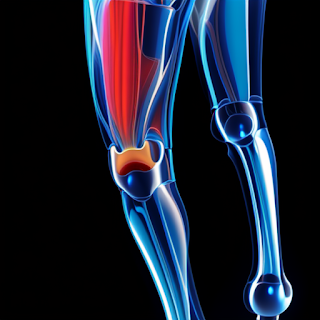Basal joint arthritis of the thumb
The carpometacarpal joint of the thumb is the second most common site of arthritis in the hand. Patients in whom conservative treatment fails benefit from surgical intervention, although no consensus exists as to the best method to provide maximum pain relief and functional outcomes. The pathophysiology of carpometacarpal arthritis is loss of the integrity of the palmar oblique ligament, which allows for dorsal subluxation of the metacarpal on the trapezium. Most treatments revolve around resection or replacement of the arthritic carpometacarpal joint and restoration of the palmar oblique ligament.
A critical appraisal of the current evidence-based research offers no guidance in treatment in the early stages of carpometacarpal arthritis; however, several evidence-based studies exist for more advanced stages. Although these studies exhibit limitations in regard to validated outcomes, power analysis, and blinded assessment, their conclusions question the clinical benefits of ligament reconstruction and tendon interposition. Further research is needed to delineate the best treatment of early stages of arthritis as well as the clinical significance of metacarpal subluxation and subsidence. Further, a standardized set of outcome tools is needed for the interpretation and comparison of data in regard to clinical outcomes.
https://www.semanticscholar.org/paper/Basal-joint-arthritis-of-the-thumb.-Shuler-Luria/87fea70627fd0f8565c8c294bff4b13fbe23fc0a
A critical appraisal of the current evidence-based research offers no guidance in treatment in the early stages of carpometacarpal arthritis; however, several evidence-based studies exist for more advanced stages. Although these studies exhibit limitations in regard to validated outcomes, power analysis, and blinded assessment, their conclusions question the clinical benefits of ligament reconstruction and tendon interposition. Further research is needed to delineate the best treatment of early stages of arthritis as well as the clinical significance of metacarpal subluxation and subsidence. Further, a standardized set of outcome tools is needed for the interpretation and comparison of data in regard to clinical outcomes.
https://www.semanticscholar.org/paper/Basal-joint-arthritis-of-the-thumb.-Shuler-Luria/87fea70627fd0f8565c8c294bff4b13fbe23fc0a


Comments
Post a Comment